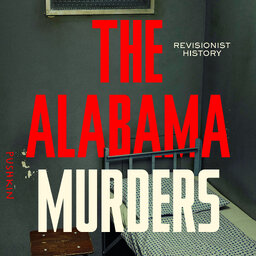Guns Part 4: Moral Hazard
Robert Kennedy was killed by an assassin's bullet in 1968, ending his presidential run. Had he been shot today, would he have lived? A what-if story about homicides and medical care and the moral consequences of a world where trauma surgeons have gotten really, really good at what they do.
 Revisionist History
Revisionist History


